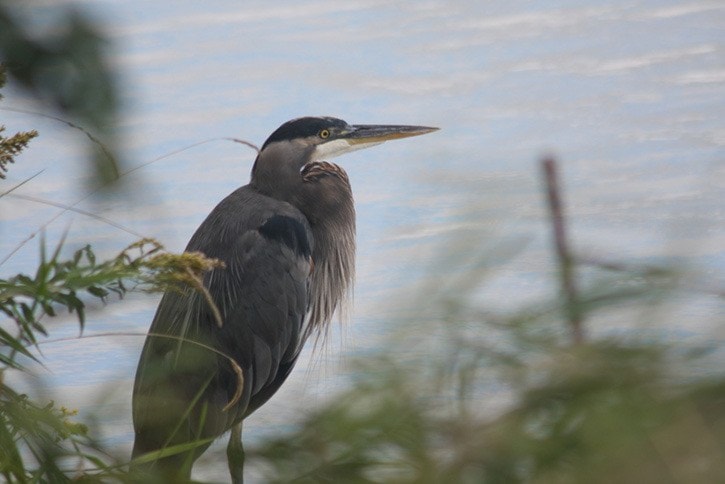During this past year, the Kitimat Valley Naturalists were able to compile and make publicly accessible over 9000 bird records from the Kitimat River Estuary, Douglas Channel, and Coste Island area. The Kitimat Centennial Museum has archived them as has our local library. Included within these records are 37 sightings from December 1974, the year of Kitimat's first official Christmas Bird Count.
Many Christmas bird counts, however, began well before 1974. The first was actually held on Christmas Day, 1900. On that day, twenty-seven communities across the continent sported birders outside documenting winter birds. In the ensuing century, such counts have become so popular that practical measures now apply. The single day has been replaced with an extended count period. Christmas Day usually falls in around the middle. These days, almost every major city and innumerable towns across Canada and the USA hold counts, all of which involves tens of thousands of people interested in counting birds.
Bird counts have become well organized due to the large numbers of participants and because they have become very useful in a scientific way. The results are tallied and then send to regional editors who condense the findings for publication in the Journal of American Birds. Scientists then compare statistics to help monitor bird populations over the entire continent.
Even though counts have a scientific value, volunteers energize them. Anyone with a reasonable knowledge of birds is welcome. Some people keep track of birds at their feeder. Others spend a few hours walking throughout their neighbourhood. Keen individuals spend the entire eight hours of daylight trying to find as many different species as possible.
In Kitimat, this can be quite easy or sometimes very challenging. If December proves to be a mild month, then backyards and parkways can still have a good measure of open ground coaxing a good number of birds to linger a little longer. A few robins usually stay here this late, along with brightly coloured varied thrushes, northern flickers, and several species of finches.
If you keep a feeder stocked in your yard, juncos, song sparrows, chickadees and Steller's jays will likely be your most frequent visitors. Feeders also attract much more aggressive birds such as Pygmy Owls and Sharp-shinned Hawks. Winter is the toughest time for birds, so predatory birds will often hunt where prey is most numerous. Backyard feeders fit the bill quite nicely.
Don't count on getting too good a look at a hawk. They usually make a lighting fast appearance and an equally fast exit. They only hang around if they sense a small bird may be weak or injured, thus making an easy meal.
Outside of our yards, the waterways are another great place to find birds. This requires donning coats and boots but the birding rewards are worth it. Minette Bay, the outer estuary, the Eurocan oxbow and the Kitimat River offer the easiest places to stop, look, listen, and record. These watercourses offer critical winter habitat for waterfowl such as Trumpeter Swans, Canada Geese, Mallards, and Green-winged Teal. We also have a substantial population of Great Blue Herons that now spend the winter months along the estuary edges which remain free of snow.
So, despite Kitimat's deep snow, rain, clouds, and dampness, there is plenty to see. In fact, we have one of the best counts in the northern half of the province. In the last several years, well over 50 species and several thousand individual birds have been reported from this part of the Kitimat Valley.
If you would like to be a part of this year's count keep at least a couple of hours open on December 17th. You should also contact the Kitimat Centennial Museum or April McLeod at mac2aa@citywest.ca for more details. In the meantime, keep you feeders full and an eye open for those winged wonders passing through your yard or soaring overhead.
